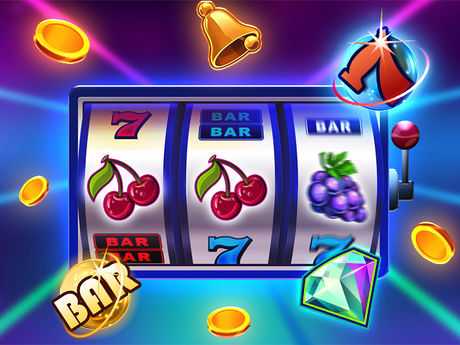
A slot is a narrow opening, groove or slit, such as a keyway in machinery, a slit for a coin in a vending machine, or the hole in a door that allows you to shut it. It can also refer to a position in a group, series, sequence or list. For example, a time slot for an activity, such as an appointment or meeting.
In football, the slot receiver is the position that is lined up just behind the line of scrimmage. This position is important for running routes because it gives the player an opportunity to gain speed and evade tackles from inside the defense. Slot receivers typically run more complex routes, requiring them to be quick and agile. In addition, they must be able to catch the ball and block for the running back or quarterback.
The slot is one of the most important positions in a football team because it allows for a smooth flow of the offense. This is because the slot receiver is able to receive the ball before other defensive players have even had an opportunity to pursue it. This allows the offense to get the ball into the slot, where the player can then break free from defenders and make a play for the ball.
As a result, slot receivers are often some of the fastest players on the field. In addition, they are usually larger than other receivers in order to be able to block and break tackles. Despite these advantages, however, slot receivers are still at risk of being targeted by the opposing team’s defense.
In order to increase their chances of winning at a slot machine, players should always look for a game with a high payout percentage. This can be done by reading online reviews and comparing different casinos’ payout rates. Players should also stick to a bankroll and set gambling limits. Finally, they should avoid playing in casinos that have been cited for their high levels of addiction and compulsive gambling.
Before the advent of digital technology, slot machines used to have a fixed number of symbols that would appear on each reel. These limited the number of possible combinations and jackpot sizes. The use of electronic technology has allowed manufacturers to program the odds of winning by weighting certain symbols. This increases the number of possible winning combinations and jackpot sizes, while reducing the overall cost of operating the slot machine. In addition, new features such as “pay both ways” and adjacent pays have increased the maximum win potential of many modern video slots. In some cases, these changes have led to a lower house edge than was previously possible. This has made the slots more attractive to many gamblers. However, many psychologists have warned that the addictive nature of slot machines makes them more likely to trigger a gambling problem than other forms of gambling. They have also been linked to social problems such as domestic abuse, substance abuse and suicide.